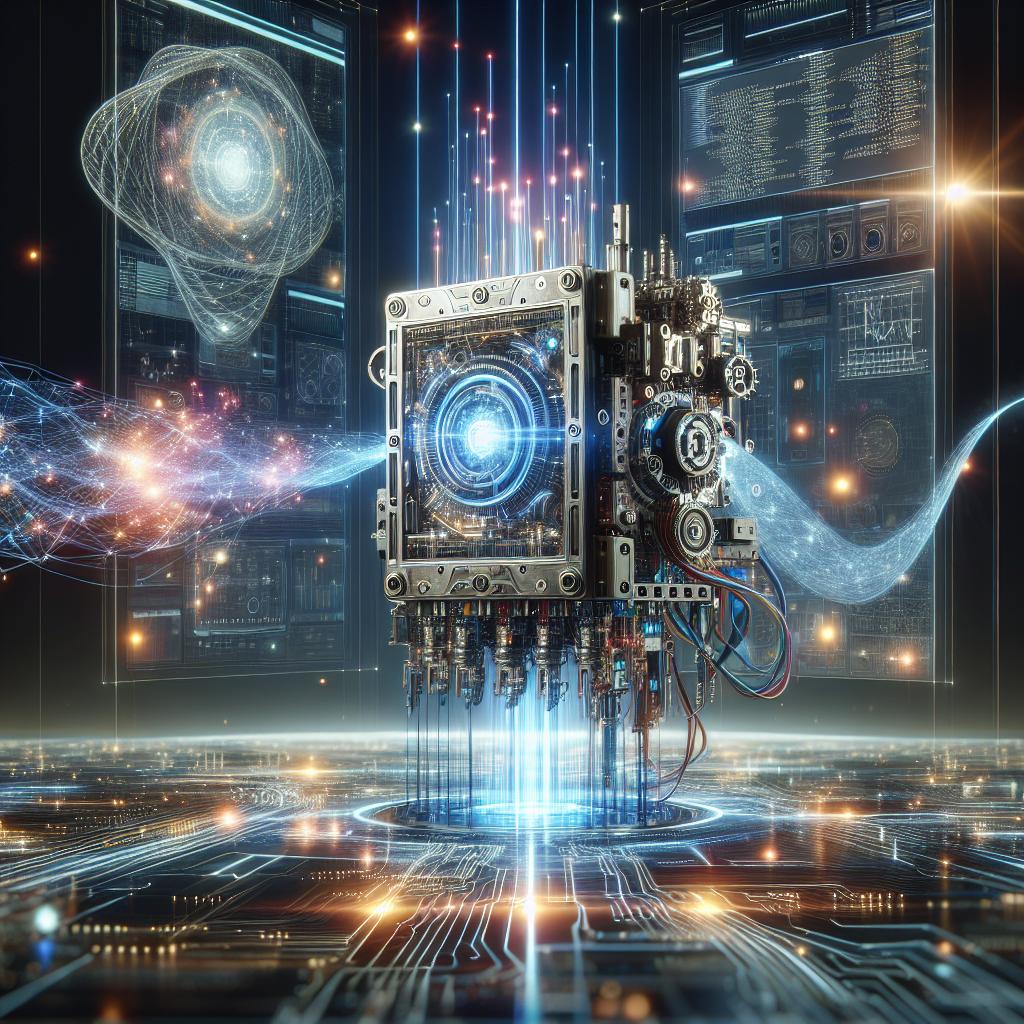Artificial Intelligence (AI) has become a buzzword in today’s technological landscape, promising revolutionary changes in how we live and work. However, many individuals remain puzzled about the underlying mechanisms that drive AI. The complexities can appear daunting, but understanding AI doesn’t require a PhD in computer science. In this article, we will peel back the layers of AI, revealing its underlying architecture, how it learns, and the various techniques that make it all possible.
The Foundation of AI: What Is It?
At its core, Artificial Intelligence refers to machines designed to perform tasks that typically require human intelligence. These tasks include reasoning, speech recognition, visual perception, and decision-making. AI can be broken down into two main categories: narrow AI and general AI. Narrow AI, or weak AI, is designed to handle specific tasks, while general AI aims to perform any intellectual task that a human can do.
While the concept of AI dates back to the mid-20th century, it is only in recent years that technological advancements have accelerated its development. The use of algorithms, data, and powerful computing resources are critical components driving the functionality of AI.
How AI Learns: The Process of Machine Learning
Machine Learning (ML) serves as the backbone of most AI systems today, enabling machines to learn from data and improve their performance over time without being explicitly programmed. The ML process can generally be divided into several stages, as illustrated below:
| Stage | Description |
|---|---|
| Data Collection | Gathering large datasets relevant to the tasks. |
| Data Preparation | Cleaning and organizing data for analysis. |
| Model Training | Using algorithms to find patterns in the data. |
| Model Evaluation | Testing the model on unseen data to assess its performance. |
| Deployment | Integrating the trained model into applications. |
Real-World Example of Machine Learning
One practical application of machine learning is in recommendation systems, such as those employed by Netflix and Amazon. These platforms analyze user behavior and preferences to suggest movies or products, enhancing user experience and engagement. If you wish to delve deeper into the mechanics of machine learning, I recommend reading “Pattern Recognition and Machine Learning” by Christopher Bishop, a comprehensive resource that delves into these concepts extensively.
Deep Learning: A Subfield of Machine Learning
Deep Learning is a subfield of machine learning that utilizes neural networks with many hidden layers. These sophisticated structures mimic the human brain’s interconnected neuron system. The architecture allows deep learning models to process vast amounts of unstructured data, such as images, audio, and text.
Deep learning applications are abundant, powering technologies like voice assistants (e.g., Siri, Alexa), image recognition software, and even self-driving cars. Companies such as Google and Tesla are at the forefront of developing these groundbreaking technologies.
Ethical Considerations: The Double-Edged Sword of AI
While the advantages of AI are substantial, they come with ethical implications and concerns. Issues related to data privacy, bias in algorithms, and the potential for job displacement must be addressed responsibly. As we celebrate the advancements in AI, it’s imperative to engage in discussions about ethical guidelines and regulations that govern its use.
My Opinion: The Future of AI
Artificial Intelligence has undeniably become a vital part of our daily lives and industries across the globe. By understanding how AI works—from foundational concepts like machine learning to intricate systems like deep learning—individuals can better appreciate its impact on society. Although challenges remain, the future of AI holds limitless possibilities that continue to shape our world.

